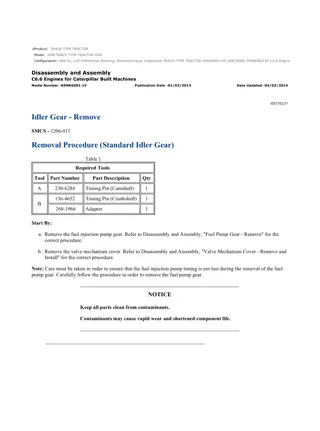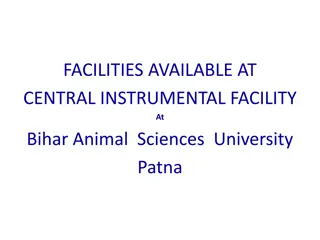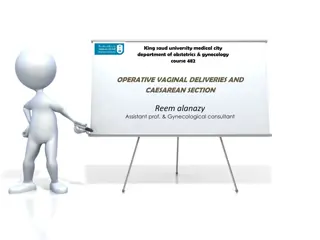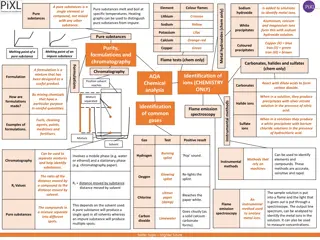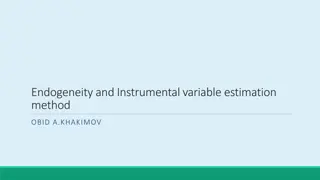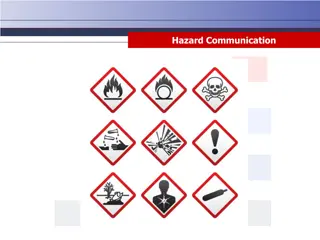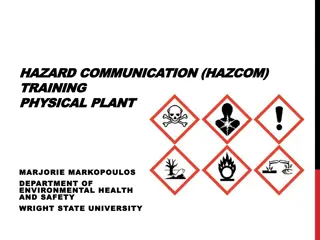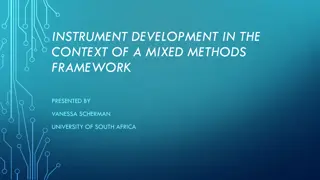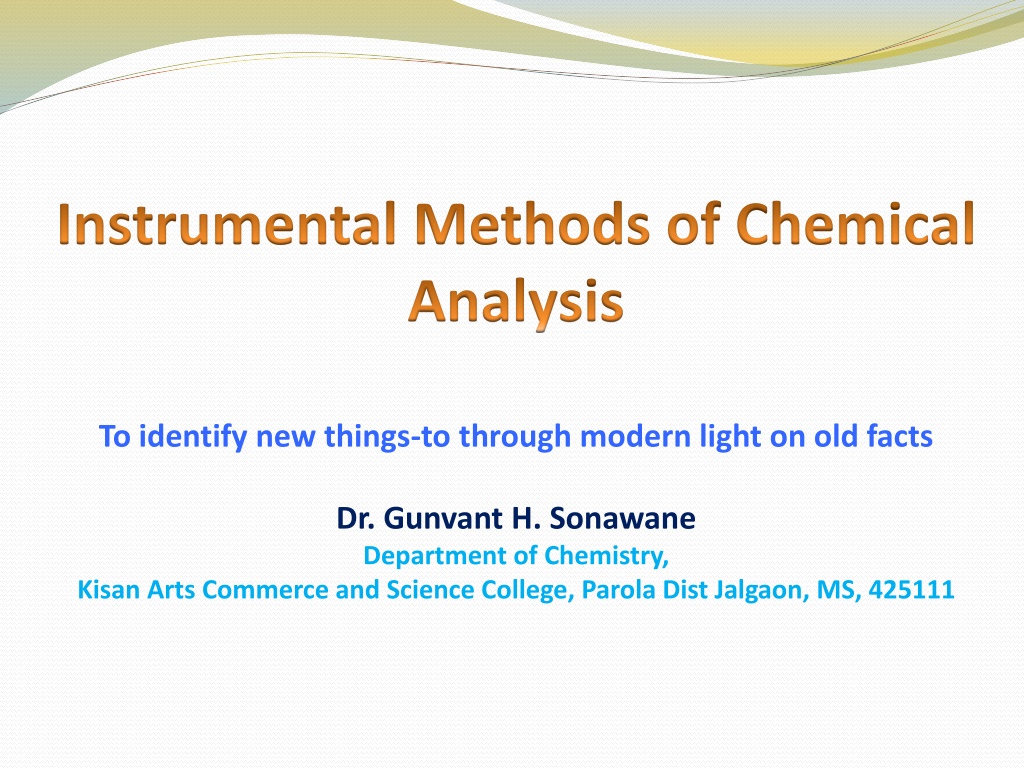
Modern Light on Analytical Chemistry Methods
Explore instrumental methods of chemical analysis, qualitative and quantitative techniques, electroanalytical methods, and basic electrochemical cells in analytical chemistry. Discover how these methods help identify chemicals in samples, their concentrations, and their locations in various substances. Dive into the fascinating world of analytical science with Dr. Gunvant H. Sonawane.
Download Presentation

Please find below an Image/Link to download the presentation.
The content on the website is provided AS IS for your information and personal use only. It may not be sold, licensed, or shared on other websites without obtaining consent from the author. If you encounter any issues during the download, it is possible that the publisher has removed the file from their server.
You are allowed to download the files provided on this website for personal or commercial use, subject to the condition that they are used lawfully. All files are the property of their respective owners.
The content on the website is provided AS IS for your information and personal use only. It may not be sold, licensed, or shared on other websites without obtaining consent from the author.
E N D
Presentation Transcript
Instrumental Methods of Chemical Analysis To identify new things-to through modern light on old facts Dr. Gunvant H. Sonawane Department of Chemistry, Kisan Arts Commerce and Science College, Parola Dist Jalgaon, MS, 425111
Analytical science. Analytical chemist has to answer following questions Chemistry: It is measurement Q. What chemicals are present in a sample? -Qualitative Analysis Q. At what concentrations are they present? -Quantitative Analysis Where are the chemicals in the sample? liver, kidney, brain, water, soil, surface, bulk
Qualitative Techniques Quantitative Techniques Titration Gravimetry Colorimetry Combination of Color / Smell Melt / Boiling Point, Solubility Wetting Density Hardness Separation Techniques Extraction Distillation Precipitation Crystallization
Electroanalytical methods. Electrochemical reactions involve electron transfer (ET) processes at electrode solution interfaces. These ET reactions may be kinetically sluggish or kinetically facile depending on the details of the ET reaction and the nature of the electrode surface. Provided an analyte species exhibits electroactivity (can be oxidised or reduced) then it may be detected using the tools of electrochemistry. Thus, electrochemical methods may be split up into two major classes : Potentiometric and Amperometric. In potentiometry the ET reaction is kinetically facile and we measure the potential of a Galvanic cell under conditions of zero current flow. The cell potential responds to changes in the activity of the analyte species present in the solution in a well defined manner described by the Nernst equation. Indeed the cell potential varies in a linear manner with the logarithm of the analyte activity. In amperometry the kinetics of the ET reaction will have to be driven by an applied potential and so we measure the diffusion controlled current flowing across the electrode/solution interface. This current is directly proportion
Basic Electrochemical Cell Two electrodes- Indicator electrode and Reference electrode
Chromatography Chemical Separations Different chemicals flow through separation medium (column or capillary) at different speeds plug of mixture goes in chemicals come out of column one-by- one (ideally) Gas Chromatography GC Powerful but Suitable for Volatile chemicals only Liquid Chromatography High Performance (pressure),HPLC in it s many forms Electrophoresis -Liquids, pump with electric current, capillary, gel, etc
Advantages: To analyse a sample small amount of drug is enough. Determination of qualitative and quantitative analysis in short time. Complex mixtures can also be analysed with or without isolation. It is with sufficient reliability and accurate. Disadvantages: Too costly. Maintenance of instrument is difficult. Chemical cleanliness is also costly. Sensitivity depends on advancement of instrument there for upgrade it regularly. Specialized test for handling or using is needed. Frequent need of checking drugs is necessary therefore frequently check the instrument.




